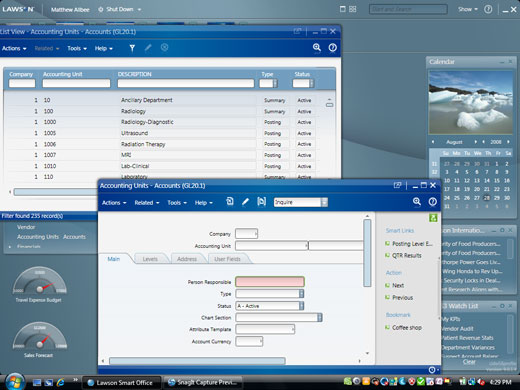

Surprisingly, the landlord was very understanding and let them off. With the help of another guest (Tom) he tried to sneak out, but they were caught by the landlord. One of them, whose name is Jack Mitchell, tells the other about a time when he was staying in a hotel but couldn’t afford to pay his bill. The narrator remarks that the service was not particularly solemn. The local people hold a funeral service for him, even though they don’t know him, because he belonged to their union. The story takes place in the town of Bourke in New South Wales.Ī stranger arrives in town and accidentally drowns in a nearby billabong. The ‘union’ referred to in the title is a trades union – a group of men who all work in the same industry. In the morning the snake emerges and the woman and dog succeed in killing it. Believing it to be poisonous, she puts her children to bed then stays up all night to keep watch.ĭuring the night she remembers various times in the past when she has had to bravely defend her children against different kinds of danger. One day she sees a snake slither under the house. She lives in a remote part of the bush with her four children and her dog, whose name is Alligator. The protagonist (main character) of this story is the wife of a drover (a man who moves livestock, like sheep and cattle, around the outback). The Drover’s Wife is a little longer, and there is slightly more to say about the plot. These are:įour of the stories are very short. Note: You only study five of the stories from the collection The Penguin Henry Lawson Short Stories for Module A. Now that you know what Module A is all about, let’s take a look at each of the Henry Lawson stories and see where they fit in. See our exemplar Module A Henry Lawson response, complete with annotations and marker comments! Want to know what you need for a Band 6 Lawson essay? Cultures can be large and diverse (for example, “Australian Culture”) or much smaller (for example, the culture of an individual family).Īre you still confused? We break down all the Module A syllabus dot points in our Year 12 English Standard Module A Guide. “Culture” refers to the group (or groups) we belong to.

Our identity can be described based on physical features like our age, sex and race, as well as things like our sense of humour, our interests and what makes us happy. “Identity” is determined by a combination of how we see ourselves and how other people see us.

“Language” refers to the words writers use and the way they organise them into sentences and paragraphs. The clue is in the title: it focuses on language, identity and culture. Module A is part of the Year 11-12 Standard English course. What is Module A: Language, Identity and Culture?


 0 kommentar(er)
0 kommentar(er)
